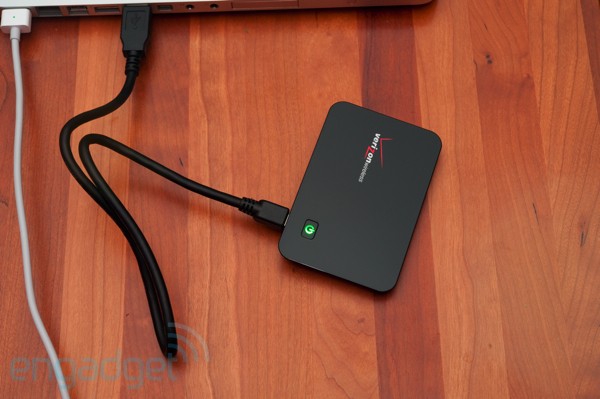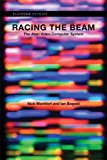
 I’m a big fan of my Kindle 2, and I use it nearly every day. I like to read, and I like to read several books at the same time. I also travel frequently, and often I find myself reading new releases, which meant I’d find myself trying to cram multiple hardcover books into my shoulder bag, which was bad for my shoulder bag, not to mention my shoulder. I’m even contemplating acquired the new, larger-screen Kindle DX.
I’m a big fan of my Kindle 2, and I use it nearly every day. I like to read, and I like to read several books at the same time. I also travel frequently, and often I find myself reading new releases, which meant I’d find myself trying to cram multiple hardcover books into my shoulder bag, which was bad for my shoulder bag, not to mention my shoulder. I’m even contemplating acquired the new, larger-screen Kindle DX.
But, the feature I really want will have to wait for the Kindle 3: I want a touchscreen on the Kindle that responds to a stylus so I can write on my Kindle. This could mean allowing me to take notes on the margins of a book I’m reading, but the main reason I want it is so I can get rid of the last analog vestige of my day-to-day-life: the composition book. I simply want the ability to create blank pages on my Kindle and then scribble upon them.
I started using composition books back in 1995 to take notes, jot down ideas and generally manage my day-to-day life and have continued using them to this day. If memory serves, my inspiration for using the composition book came from Vinod Khosla, who at the time was at Kleiner Perkins and was an investor and board member at Excite. If the lowly composition book had any part in making Vinod so effective, I figured I couldn’t go wrong by trying to integrate habitual note-taking into my life. It turned out to be a remarkably effective tool for me, mainly because I find that (for me, your mileage may vary) the simple act of writing something down really helps organize and cement that thing in my mind. I still keep a stack of all my old composition books in my office drawer and sometimes refer back to a filled-up book months or even years later.
If I could simply take notes on my Kindle with a stylus, I’d be a happy man. I’d effectively have a composition book with an infinite number of pages, and, ideally, it would be backed up online and accessible on the web as well. I’d ditch my composition book, save a few trees and have a digital archive of my life available online. I don’t even need the Kindle to give me character recognition or anything like that. My handwriting is so bad anyway, I doubt any algorithm could ever be up to the task. But as long as I had the ability to tag pages, search and browse through them on my Kindle and online, possibly share individual pages with others, and perhaps even farm out some of the pages to be transcribed (no doubt via Amazon’s Mechanical Turk), I’d be even more enamored with my Kindle. Amazon, are you listening? This is my number one feature request for the next-generation Kindle. Whaddya think?





